In an age where technology has become synonymous with convenience, the customer experience in restaurants has transformed significantly. For contemporary restaurant owners, integrating technology into the dining experience isn’t just a novel trend but a fundamental shift towards enhancing operational efficiency and elevating customer satisfaction. The Clover Kiosk, with its myriad of models and applications, stands out as an instrumental tool in this revolution, enabling restaurateurs to meet and exceed modern-day dining expectations. From simplifying order processes to minimizing human errors, the implementation of a Clover self-ordering kiosk not only caters to a tech-savvy clientele but also paves the way for a smoother, more efficient restaurant operation.


Why opt for a Clover Self-Ordering Kiosk?
The adoption of technology such as a Clover self-service kiosk has become a staple in today’s dynamic and competitive food industry. The self-order kiosk Clover models streamline ordering processes, reduce wait times, and allow staff to focus on preparing delicious meals, thereby harmonizing backend and frontend operations. From bustling fast-food chains to serene sit-down eateries, a well-implemented Clover ordering kiosk is the silent salesperson, efficiently taking orders and ensuring they are communicated accurately to the kitchen.
Diving into Clover Kiosk Models
Clover provides an array of kiosk models, each tailored to meet different needs and fit into diverse restaurant environments. Thus, it’s pivotal to pinpoint the one that aligns seamlessly with your operational flow and aesthetic.
01. Clover Self Order Kiosk:
Tailored to enhance customer autonomy, this model allows patrons to explore your menu, customize their orders, and checkout without waiter assistance. This is a boon during peak hours, ensuring that no customer is left waiting to place an order.
02. Clover Self Service Kiosk:
Particularly apt for quick-service restaurants (QSRs), this model facilitates rapid transactions, serving customers who are on-the-go without compromising their time or experience.
03. Samsung Kiosk Clover:
A blend of robust technology and sleek design, the Samsung Clover kiosk models bring a high-tech feel to your establishment, presenting your menu in an appealing, easy-to-navigate digital format that’s bound to captivate your clientele.
Must Read : How Clover Kiosk Enhances Customer Experiences
Data-Driven Decisions and Customer Engagement
One cannot emphasize enough the importance of data-driven decisions in today’s tech-led restaurant management. The implementation of Clover kiosk models offers access to a wealth of data, allowing restaurateurs to monitor ordering trends, track inventory, and gauge the popularity of various menu items. Analyzing this data enables restaurant owners to optimize menu offerings, adjust pricing strategically, and create targeted marketing campaigns to bolster sales and customer engagement.
Clover kiosks also facilitate customer engagement through personalized recommendations based on previous orders, and loyalty programs that incentivize repeat visits. By integrating AI capabilities, the kiosks can suggest add-on items or combinations, thereby increasing the average ticket size and amplifying revenue.
Factors to consider when selecting the right model: A Guided Journey
01. Understand Your Space and Audience:
Analyze the physical space of your restaurant and the demographic of your regular customers. A compact, counter-top Clover kiosk app might be ideal for smaller spaces or cafes where customers expect quick service. For upscale dining, a stylish Samsung Clover kiosk might enhance the ambiance while offering an elevated user experience.
02. Ease of Navigation and Customization:
Choose a kiosk that presents your menu in a visually appealing and easy-to-navigate manner. It should allow effortless customization, ensuring your customers can tailor their meals to their liking, be it a simple pizza or a complex gourmet dish.
03. Integrating Technology:
Ensure the kiosk model you select easily integrates with your current Point of Sale (POS) system and can communicate seamlessly with the kitchen’s order management system. Integration of Clover self-ordering kiosk with your management software is paramount to avoid bottlenecks and facilitate a fluid operation from order to delivery.
04. Customer Interactions:
Effective customer interactions via your Clover kiosk are paramount. Opt for a model that offers a user-friendly interface, supports multiple languages, and displays engaging visuals of your menu. Additionally, prioritize a system that allows customers to leave feedback, granting you valuable insights into their dining experience and preferences.
05. Payment Solutions:
Ensure your Clover kiosk supports a diverse range of secure payment methods to cater to various customer preferences. Adherence to PCI DSS and robust data encryption are non-negotiable to safeguard customer information. Additionally, the kiosk should facilitate transparent billing, enable bill splitting, and apply discounts or loyalty points with ease, enhancing the payment experience for your patrons.
06. Scalability and Flexibility:
Your chosen model should be scalable, adapting to your restaurant’s evolving needs. The capability to update the Clover kiosk app to feature new menu items, adjust pricing, or introduce promotional offers provides a flexibility that’s essential in the ever-changing food industry.
07. Post-Purchase Support and Maintenance:
Investing in a model backed by dependable customer support and maintenance is crucial. Regardless of how advanced your self ordering kiosk Clover model is, timely updates and technical support are pivotal to ensuring longevity and consistent performance.
Must Read : The Role of Clover Kiosk in Reducing Wait Times
Embracing the technological prowess of a Clover order kiosk invariably paves the way towards an optimized ordering process and a refined dining experience. As you delve into the varied models, considering aspects such as your customer demographic, restaurant ambiance, technological integration, and post-purchase support will steer you towards a decision that’s congruent with your establishment’s ethos and operational blueprint. After all, in a world that incessantly marches towards digitization, ensuring your restaurant’s tech is not only on par but pioneering, will carve out its place in the competitive culinary landscape.


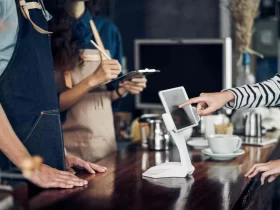



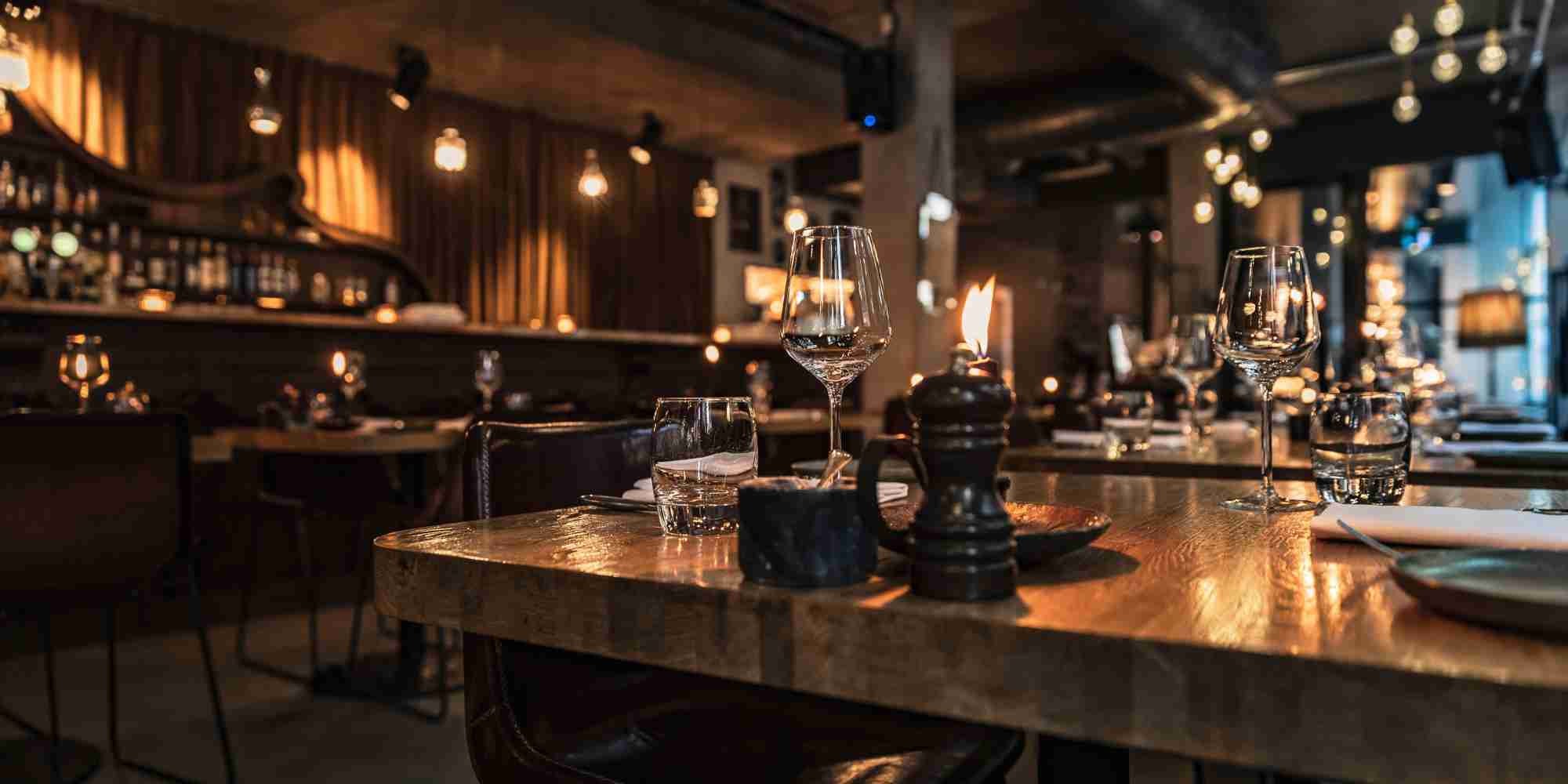


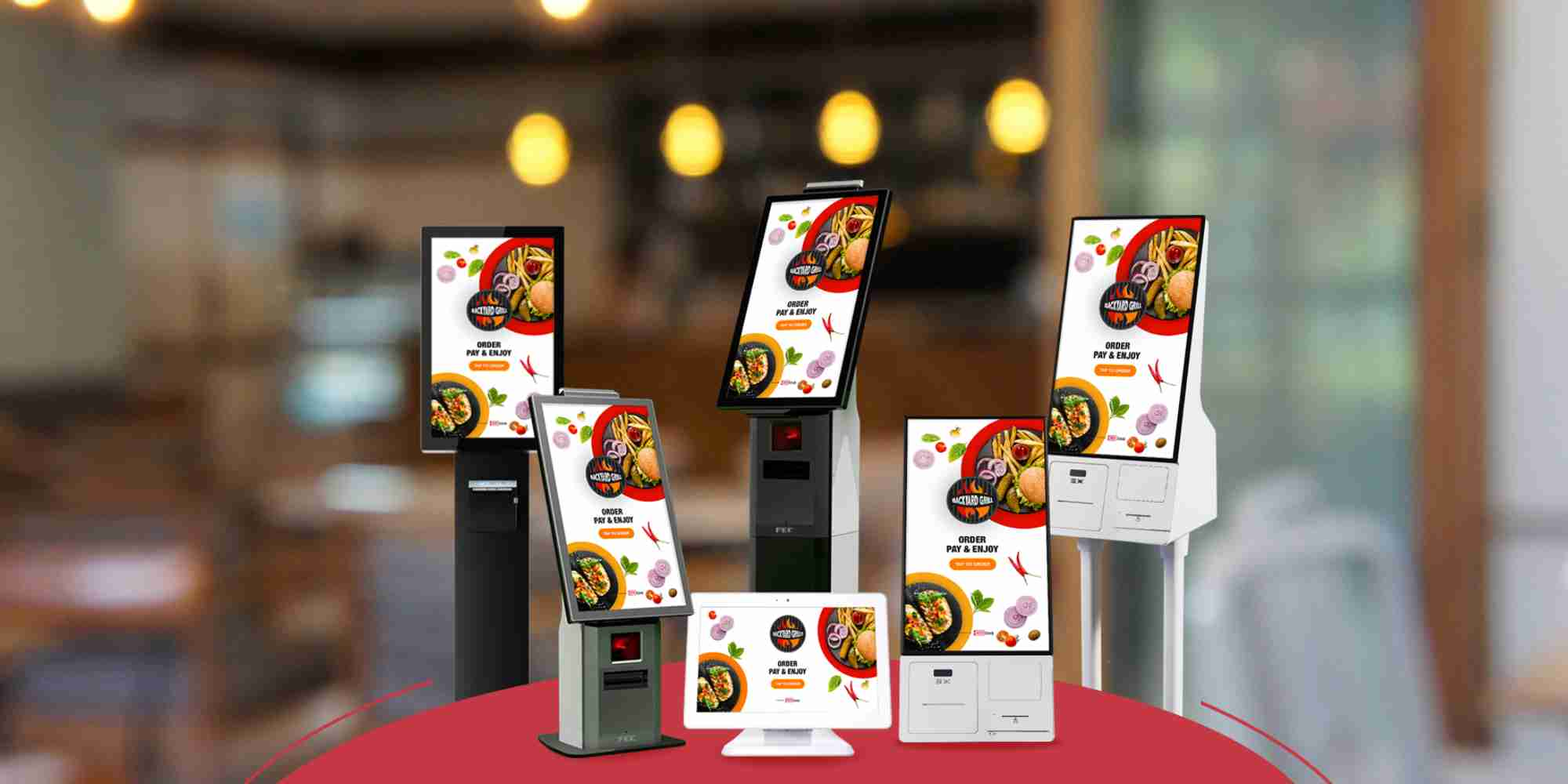
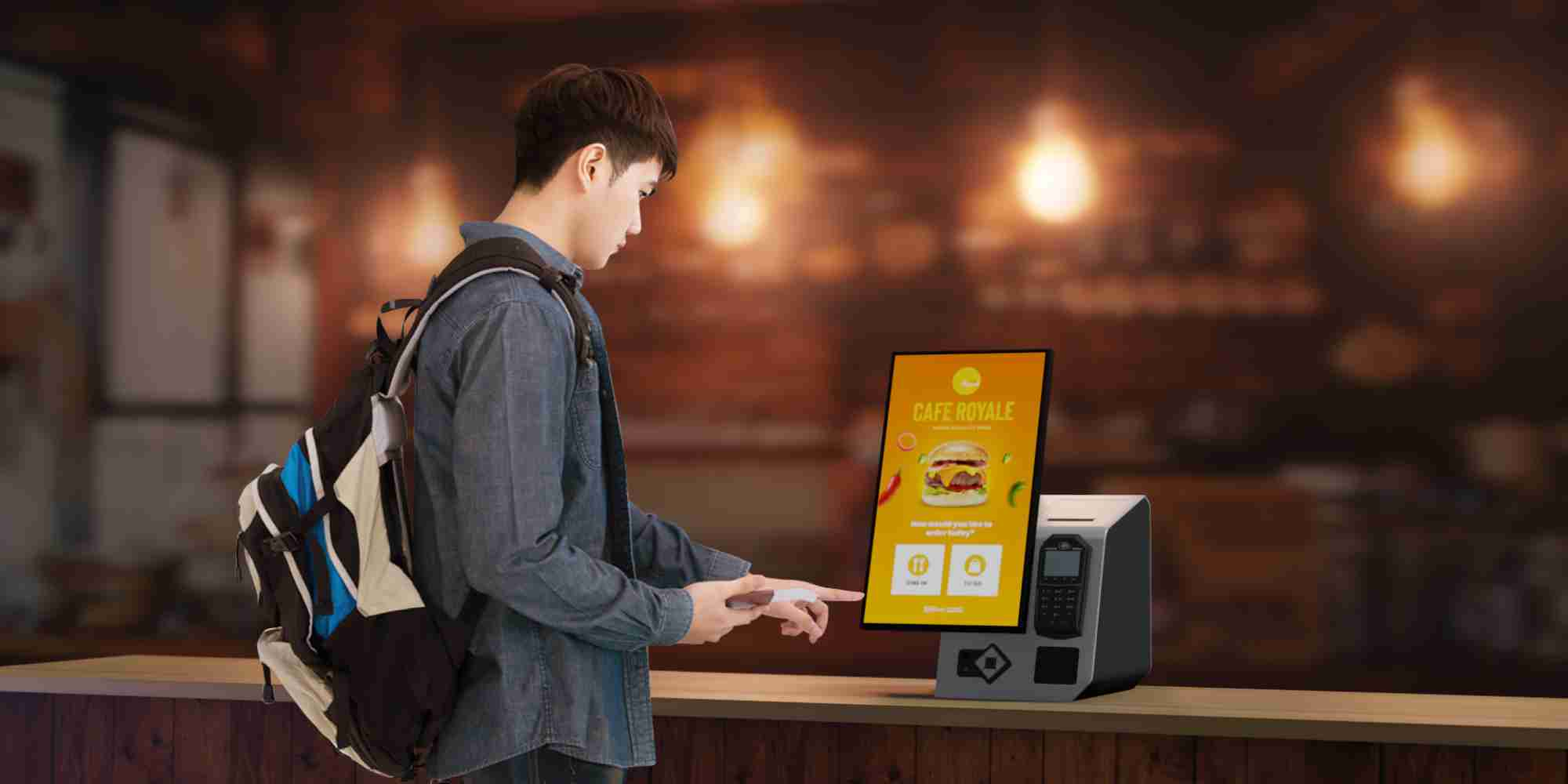
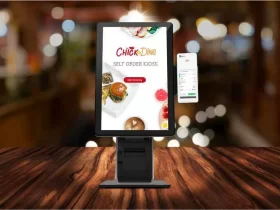
Leave a Reply